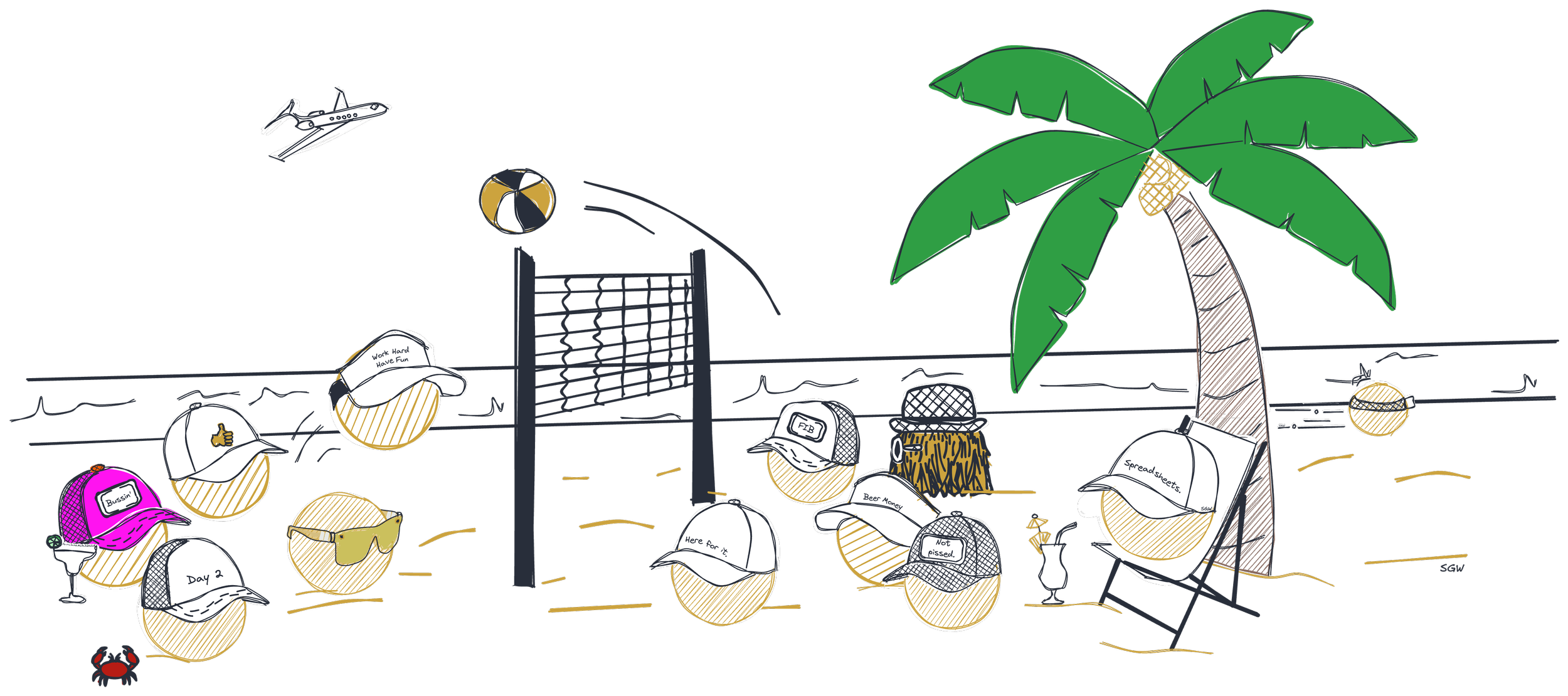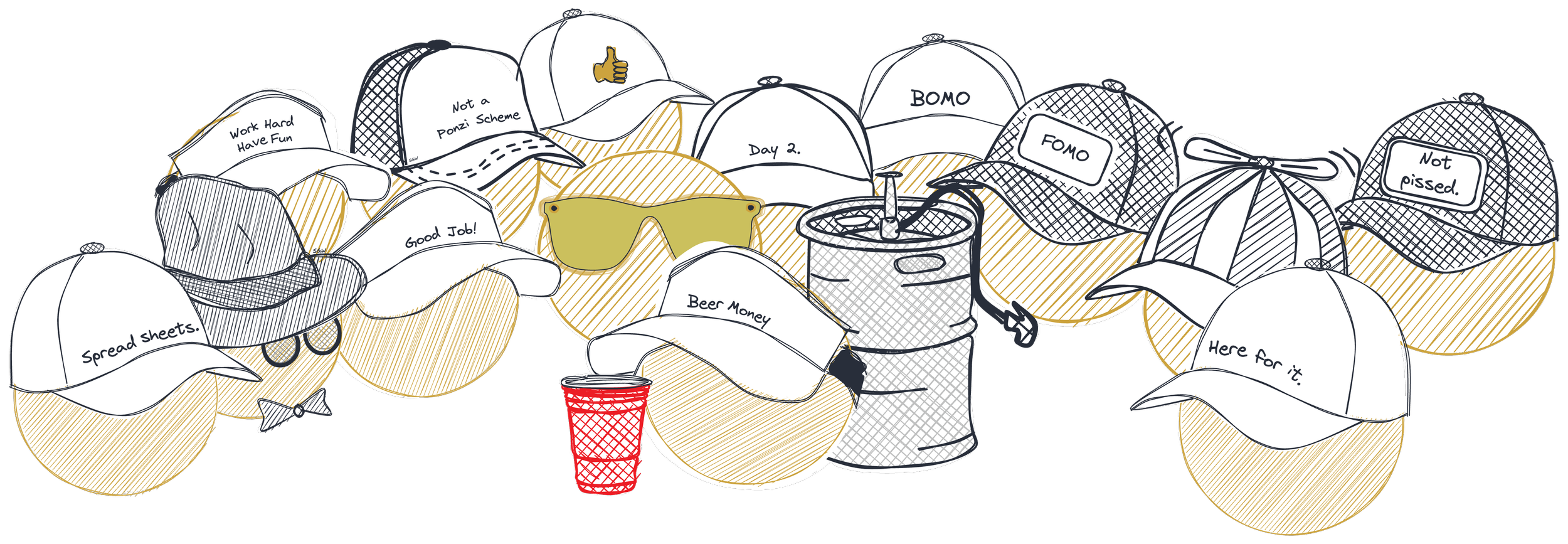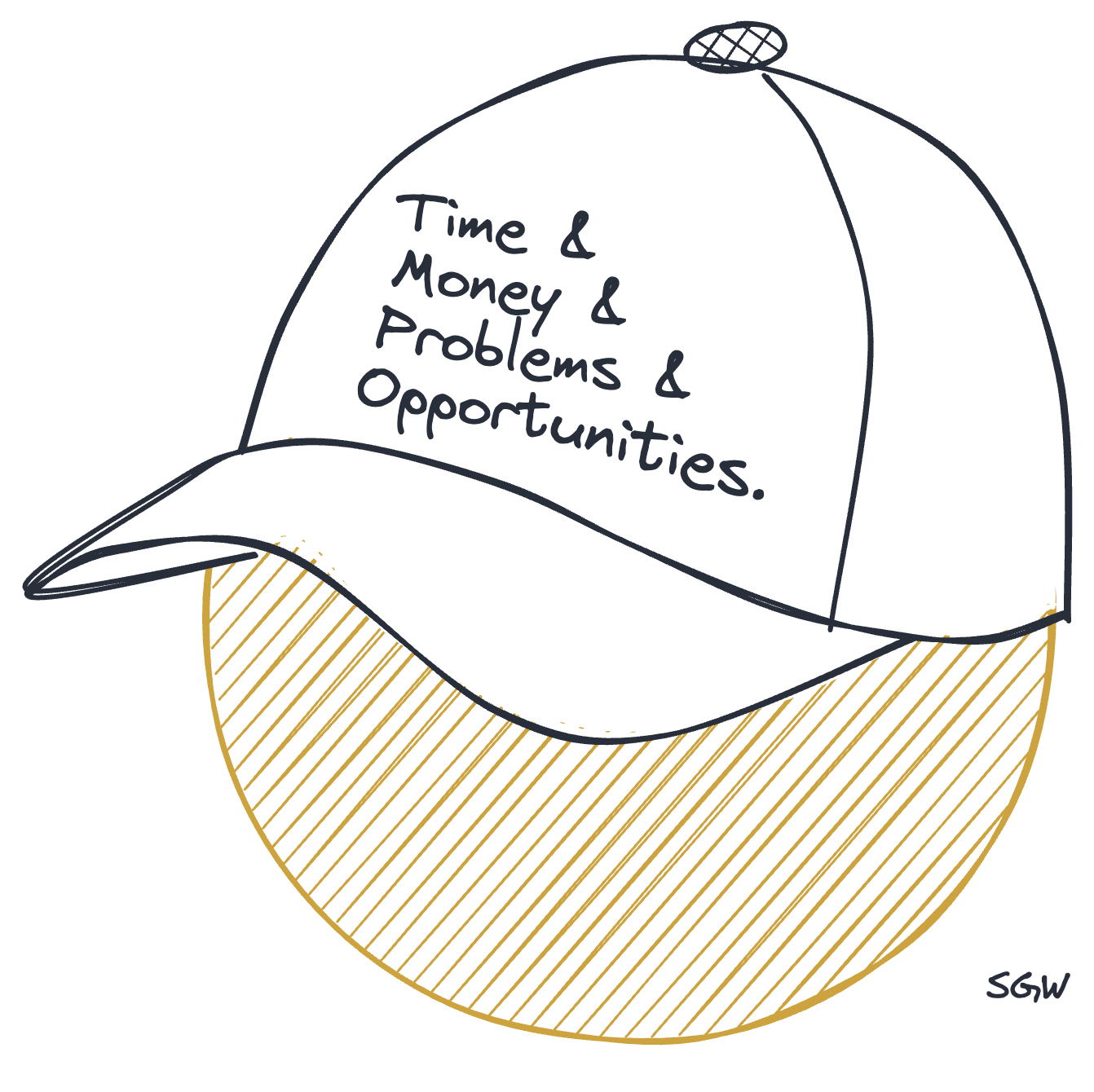Sign up below to get Unqualified Opinions delivered to your inbox.

A Recession is Coming

What I Wish

Bill’s Amigo

Twenty-Two is A Lot

Drinking Beer with Grok

We Should Have Hedged Trump

What If I Don’t Bring My Phone?

Nervous, Not Paralyzed

Bringing Down the Hammer

The Problem with the Big Present in the Bathroom

Nobody Got a Glass

Surprises are Fun

The Five W’s of Deals

Doge Proves the Rule

Oh No!

Bussin’

The Biggest Competitive Advantage

Locked in and Engaged

I hope We Booked the Wrong Restaurant


